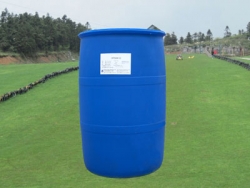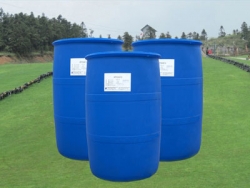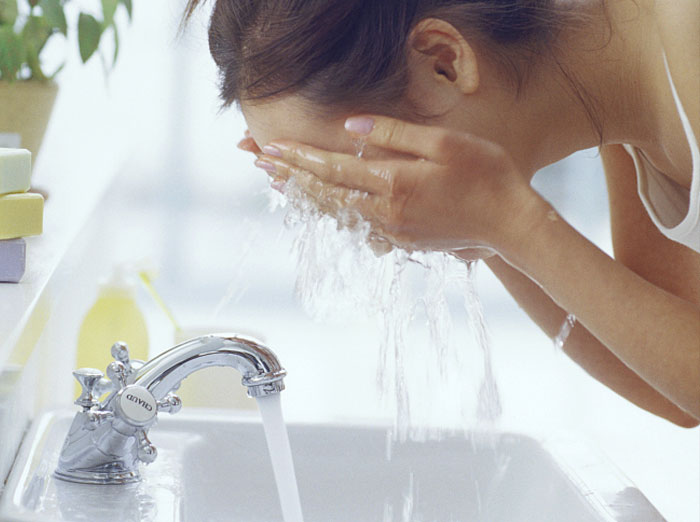Amino acid surfactant alkyl polyglycoside is a surfactant obtained by reacting amino acids with various fatty acids. It is mild in nature, strong in cleansing power, fine in foam, high in biodegradability, and compatible with various surfactants. It is a personal care product. An ideal substitute for traditional surfactants such as AES and K12.
There are many types of amino acid surfactants. Such as: N-lauroyl glutamate sodium (potassium), N-lauroyl sarcosinate sodium (potassium), sodium N-lauroyl glycinate (potassium), sodium cocoyl glutamate, etc., in recent years containing amino acids The personal care products of surfactants are becoming more and more recognized in the market, so today we are discussing the problem of thickening of the system when the amino acid surfactant is applied in the formulation.

Speaking of the thickening of the living system, formulators are no strangers. Simply put, there are several ways to thicken personal care products: adding solid substances, adding salt, adding a thickening surfactant, Adding polymers, adding solid fats, etc.; while the thickening of the amino acid surfactant system is different from the traditional surface active system, can not be thickened with salt, and can not be thickened by thickening AES, CAB, especially When the amino acid content is high, the system is more difficult to thicken.

Surfactants can be used in the production of detergents, emulsifiers, wetting agents, blowing agents and dispersing agents. As the demand for these products increases, the global surfactant market is growing steadily. Synthetic surfactants are commonly produced from petroleum matrices and are used in a wide range of applications in food, crop protection, soaps and detergents, detergents, oilfield chemicals, personal care products, plastics, pharmaceuticals, rubber, textiles, paper, inks. It is commonly used in the printing industry. At present, the demand and consumption of synthetic surfactants are relatively stable. According to market analysis, the increase in demand for this part of the products is mainly due to lower cost and ease of preparation. In addition, a large number of offshore drilling activities and increased shale gas mining are given. The production of synthetic surfactants provides a wealth of raw materials that further fuels the development of this market.

However, the market for synthetic surfactants is facing serious challenges due to the environmental impact of synthetic surfactants. These products are poorly biocompatible and are not biodegradable and can easily contaminate the water environment. For example, since the introduction of alkylbenzene sulfonate synthetic detergents in 1960, many lakes and rivers have experienced widespread pollution.
Due to environmental sustainability issues, the demand for synthetic surfactants will be severely affected in the coming years. With increasing interest in the use of synthetic surfactants, many environmentally friendly and biodegradable products have emerged on the market. The environmental and health risks posed by synthetic surfactants have led many governments and industry professionals to rethink the biodegradability of surfactants.